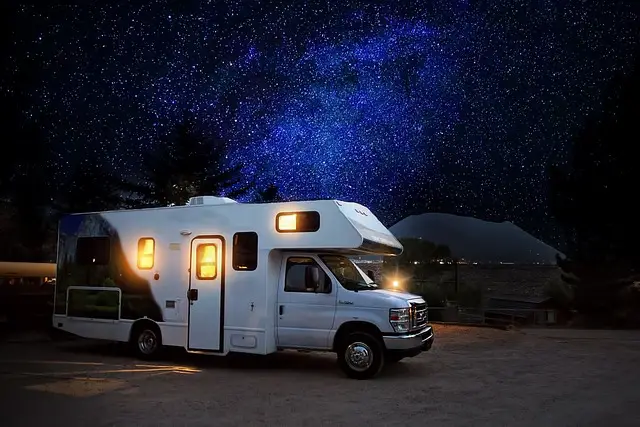Have you ever dreamed of standing among the ancient ruins of Machu Picchu, feeling the whispers of history around you as you gaze at breathtaking landscapes? The journey to this iconic site is more than just a visit; it’s an adventure that combines natural beauty, cultural richness, and physical challenge. Machu Picchu trekking offers an unparalleled experience that draws adventurers from around the world.

What Makes Machu Picchu Trekking Unique?
Historical Significance
Machu Picchu, a 15th-century Inca citadel perched high in the Andes Mountains, holds a mystical allure. Discovered by Hiram Bingham in 1911, this UNESCO World Heritage site remains one of the most enigmatic locations on the planet. The trek to Machu Picchu allows you to walk in the footsteps of ancient Incas, offering a deeper connection to a civilization long past.
Scenic Beauty and Diverse Terrain
The trek encompasses some of the most diverse and stunning landscapes the Andes have to offer. From lush rainforests to snow-capped peaks, every twist and turn reveals a new aspect of Peru’s natural splendor. The changing terrain also ensures that each day of the trek presents new challenges and rewards.
Which Trekking Routes Lead to Machu Picchu?
Classic Inca Trail
The Classic Inca Trail is the most popular route and for good reason. This 4-day trek is approximately 43 kilometers (26 miles) long and takes you through cloud forests, alpine tundra, and Inca ruins. Each night is spent at a designated campsite, where trekkers can rest and prepare for the ultimate reward: the sunrise over Machu Picchu on the final day.
Salkantay Trek
For those seeking a less crowded and more challenging alternative, the Salkantay Trek is an excellent choice. This 5-day route covers around 74 kilometers (46 miles) and offers dramatic views, including the towering Salkantay Mountain. The trek’s diverse environments range from arid highlands to lush jungles, making it a uniquely rewarding experience.
Lares Trek
The Lares Trek is perfect for travelers interested in cultural immersion. This route takes you through traditional Andean villages, allowing for interactions with local Quechua people. It’s a 4-day trek that covers about 33 kilometers (20 miles) and offers equally stunning landscapes without the crowds of the Inca Trail.
How to Prepare for Your Machu Picchu Trek
Physical Conditioning
Trekking to Machu Picchu is a physically demanding endeavor. It’s essential to be in good shape and to acclimate to high altitudes. Cardiovascular exercises, strength training, and flexibility drills are all beneficial. Spending a few days in Cusco, the starting point for most treks, will help your body adjust to the elevation.
What to Pack
Pack wisely, focusing on essentials such as sturdy hiking boots, moisture-wicking clothing, a quality sleeping bag, and a reliable backpack. Don’t forget altitude sickness medication, sun protection, and plenty of snacks to keep your energy up.
Guides and Permits
Most treks require hiring a licensed guide and obtaining the necessary permits well in advance, particularly for the Inca Trail which has a daily limit on the number of trekkers. Utilizing a reputable trekking company ensures that you have the support and resources needed for a successful journey.
Conclusion: Why Machu Picchu Trekking Is a Lifetime Experience
Machu Picchu trekking is more than just a hike; it’s a journey through time and nature that challenges your body and enriches your soul. Whether you’re navigating the traditional Inca Trail, exploring the rugged Salkantay route, or immersing yourself in the culture of the Lares Trek, each step brings you closer to the awe-inspiring ruins of Machu Picchu. It’s an adventure that promises memories and stories to last a lifetime.



